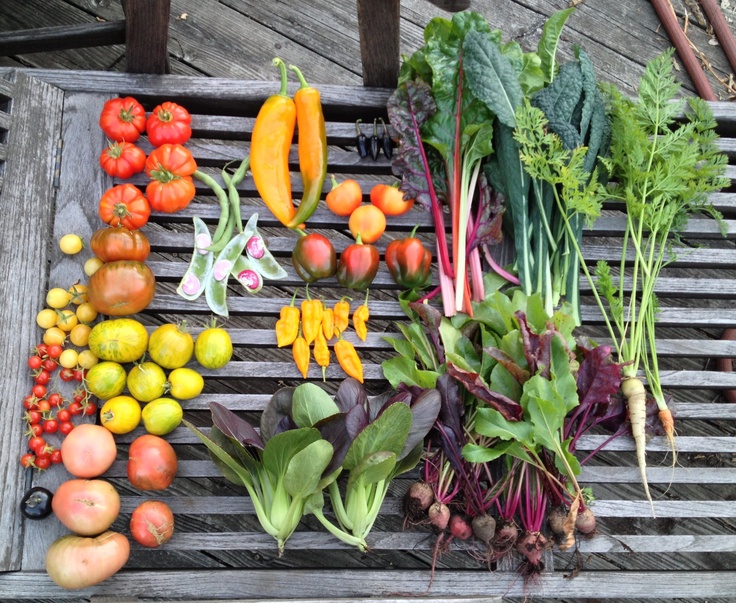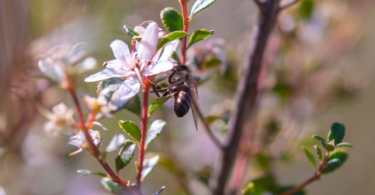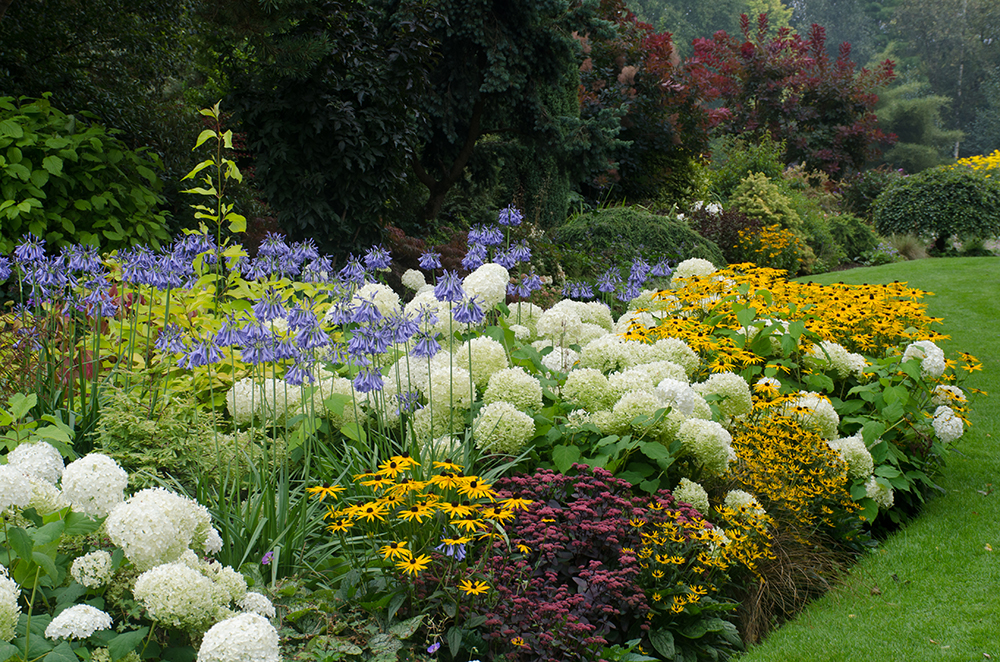So, your children have planted their seeds and seedlings, tended their garden with much care, and are now waiting impatiently for the fruit of their labour. If you’ve planned properly, some waiting periods may not be too long. Here’s a guide to certain vegetable harvest times:
Lettuce
If planted from seedling, leafy types of lettuce can be harvested in just a few weeks. This is a great vegetable to teach children how to prolong a harvest, by only picking the larger, outer leaves each time, and allowing the inner leaves to grow.
Cucumbers
Harvest cucumbers before they turn orange or yellow and their seeds begin to harden. When picking them, hold the stem with your free hand so as not to hurt the plant. Keep cucumbers in a plastic bag so they retain their moisture.
Watermelons
You’ll know your fruit is ripe when the curled tendril at the stem end turns brown and dries and the underside turns yellow or cream-coloured (watermelons will continue ripening for up to three days after being harvested). The best test for children to use is to tap the melon. When the sound is deep and hollow, the fruit is ready.
Broccoli
Two months after sowing, broccoli can be harvested, when the florets are tight and dark green, and before its flowers start to open. Remove the main head, but allow the side shoots to continue growing, as these can be harvested for months afterwards. Here children can learn how there’s more to the plant than its fruit – let them harvest broccoli leaves too, for you to use in salads, soups and stews.
Potato
Harvest new potatoes two weeks after the plant blooms, but only harvest the main crop after the tops have died down. Be sure to do this when the ground is dry, and dig carefully to avoid bruising the potatoes.
Tomato
Do this at home with the children as an experiment: place a ripe tomato and an unripe tomato in a deep bowl of water. The ripe tomato will sink, while the other one won’t. This will show them what to look for in a ripe tomato before harvesting. Tomatoes are ready to be picked when they’re uniformly red – just before they soften.
The harvest season is a wonderful chance for your children to eat directly from their garden, showing them the importance of subsistence farming. It’s also an opportunity to teach them the merits of eating naturally grown fruit and vegetables in season – they’ll taste the difference.
For more information on bringing life to your garden, visit the Life is a Garden website or join the conversation on their Facebook page










Leave a Comment